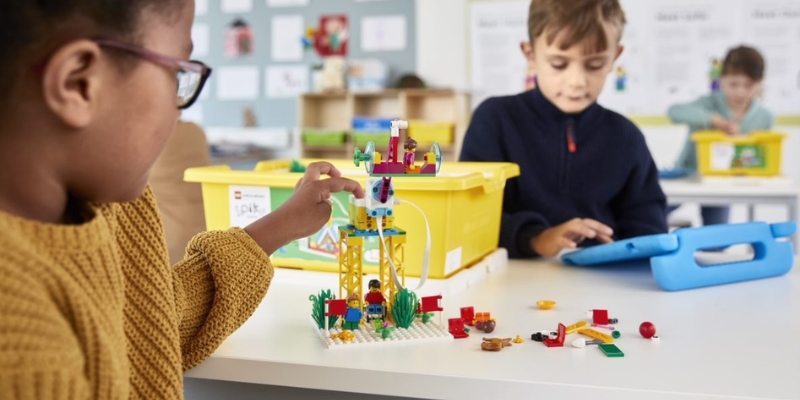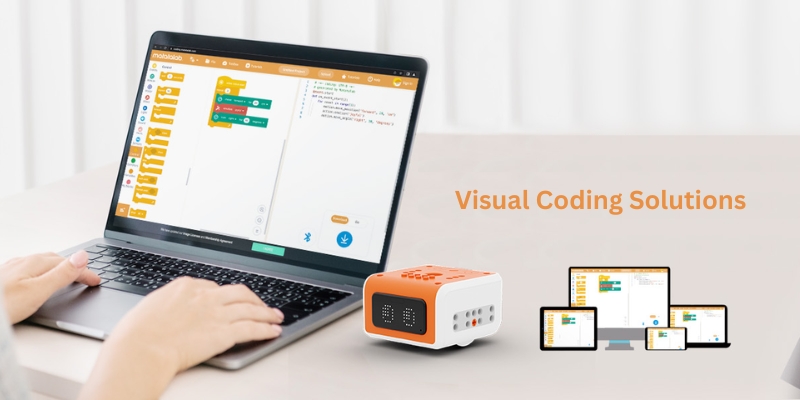
Revolutionizing School Operations with a Knowledge Management System Platform
In today’s rapidly evolving educational landscape, schools face growing challenges—from managing curriculum and lesson plans to improving collaboration among teachers and administrators. A robust Knowledge Management System Platform (KMS) like ICT360’s education-focused solution can transform how schools operate, enabling smarter teaching, better communication, and seamless knowledge sharing.
What Is a Knowledge Management System Platform for Schools?
A Knowledge Management System Platform in an academic setting is a centralized, digital repository where schools can store, organize, and access critical information. It acts as the brain of the institution—streamlining everything from curriculum documentation and administrative policies to staff training materials and collaborative lesson planning.
ICT360’s KMS platform is designed specifically for K–12 and higher education environments, offering:
- Centralized Resource Library: Store and categorize lesson plans, digital textbooks, worksheets, school policies, and instructional guides.
- Smart Search Functionality: Teachers and administrators can easily locate subject-specific resources or guidelines in seconds.
- Collaboration Tools: Educators across departments or campuses can co-create content, share insights, and learn from one another in real time.
- Version Control & Role-Based Access: Ensure accurate, up-to-date content while safeguarding sensitive data and permissions.
Why Schools Need a KMS Platform Like ICT360’s
- Streamlined Knowledge Sharing: Whether it’s documenting school procedures or creating professional development plans, ICT360’s platform allows educators and leaders to share insights consistently and efficiently.
- Faster Onboarding for New Staff: With quick access to school resources, guidelines, and curriculum materials, new teachers or administrative staff can integrate faster and more effectively.
- Boosted Collaboration Among Faculty: Create cross-departmental lesson plans, run virtual workshops, or store interactive teaching strategies—all on one platform.
- Support for Hybrid and Digital Learning Models: As schools blend in-person and online instruction, a digital platform ensures students and teachers have continuous access to quality resources and knowledge.
- Improved Administrative Efficiency: From compliance documentation to internal communications, ICT360’s KMS minimizes paperwork and manual coordination.
Key Features Tailored for Education
- Organized Curriculum Repositories: Organize digital syllabi, rubrics, teaching guides, and assessments by grade level, subject, or board guidelines—making them easily retrievable and updatable.
- Collaborative Lesson Planning: Empower educators to co-author lesson plans, share best practices, and adapt teaching methods collaboratively.
- Secure & Role-Specific Access: Grant access to school leaders, teachers, non-teaching staff, or even external consultants based on their roles—ensuring controlled, secure content sharing.
- Training & Professional Development Modules: Host and manage ongoing teacher training programs, track participation, and store workshop materials within the platform.
- Insightful Analytics: Track which resources are used most, identify knowledge gaps, and analyze staff engagement with digital content.
Who Can Benefit from ICT360’s KMS?
- School Administrators: Gain better control over institutional knowledge, streamline processes, and improve compliance and reporting.
- Teachers & Academic Coordinators: Save time on planning and grading, improve teaching quality, and collaborate more effectively across subjects or grade levels.
- IT Departments: Easily integrate the KMS with existing Learning Management Systems (LMS), email, or school portals.
- Support Staff: Access manuals, policies, and communication templates to perform day-to-day functions effectively.
Building a Knowledge-First School Culture
More than just a tech solution, a Knowledge Management System Platform fosters a culture of sharing, learning, and continual improvement. It empowers staff to be more self-reliant, innovative, and aligned with school goals. When knowledge is freely and securely shared, both teaching quality and student outcomes improve.
Get Started with ICT360’s KMS Platform
ICT360’s education-focused KMS platform is simple to deploy and easy to use. The implementation process includes:
- Needs Assessment to align with your school’s goals
- Platform Setup with tailored structure and permissions
- Content Migration from existing folders, drives, or intranet
- Staff Training to ensure seamless adoption
- Ongoing Support for updates, troubleshooting, and improvements
As schools embrace digital transformation, having a centralized Knowledge Management System Platform becomes essential. ICT360’s KMS not only reduces administrative burden and enhances instructional consistency—it also helps cultivate a more connected, collaborative, and empowered school environment.
Ready to streamline your school’s knowledge ecosystem? Discover the power of ICT360’s KMS today.









Recent Comments